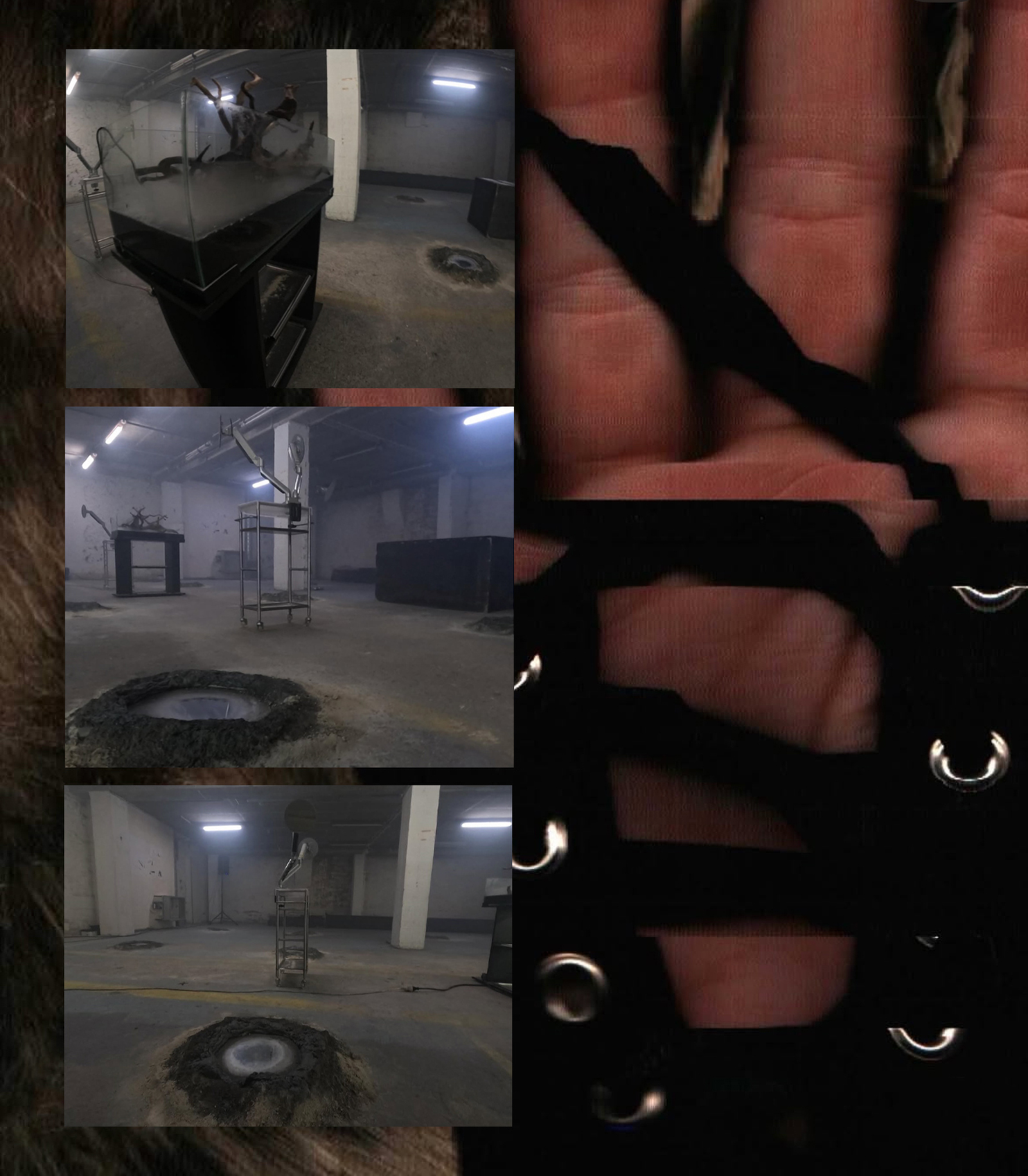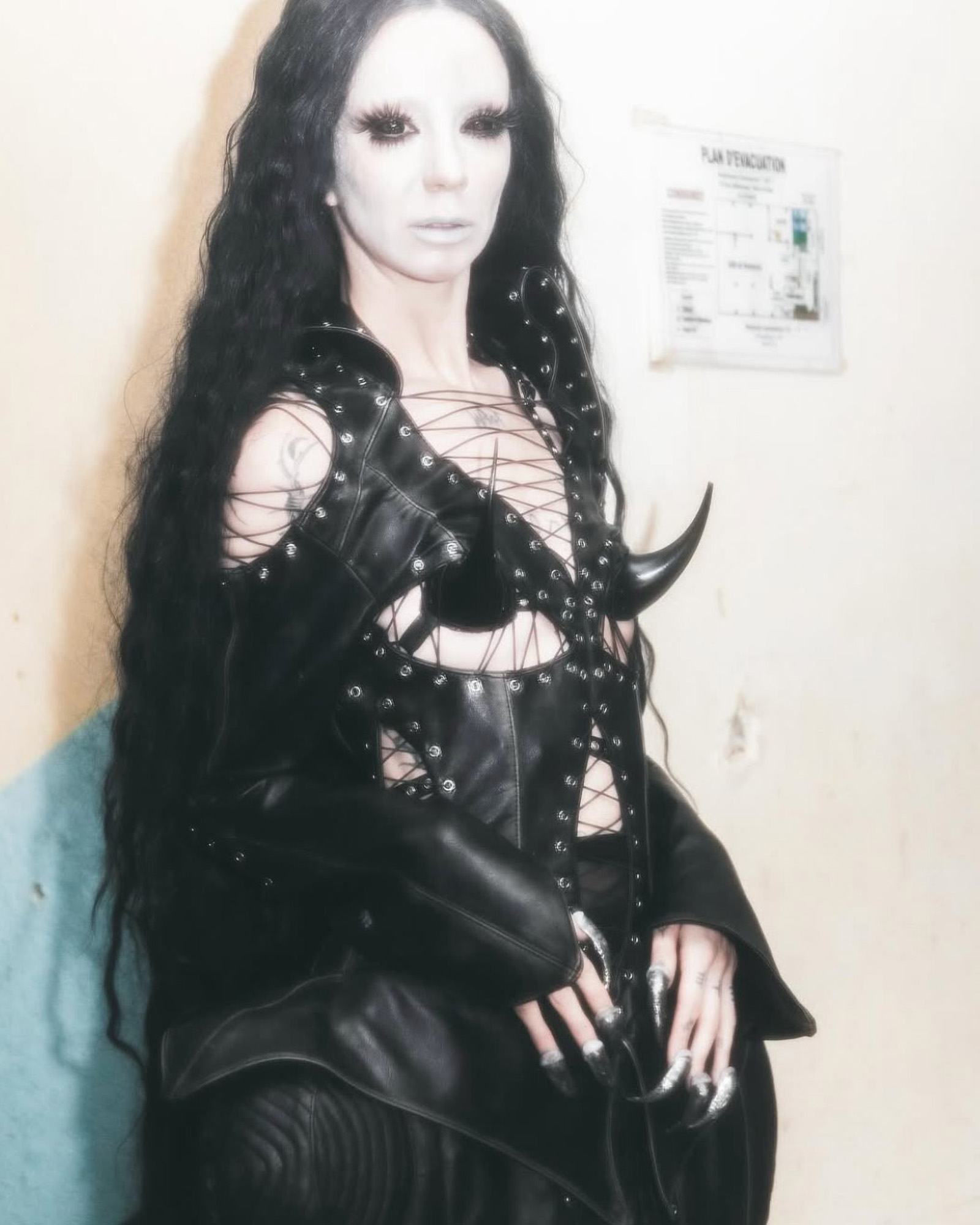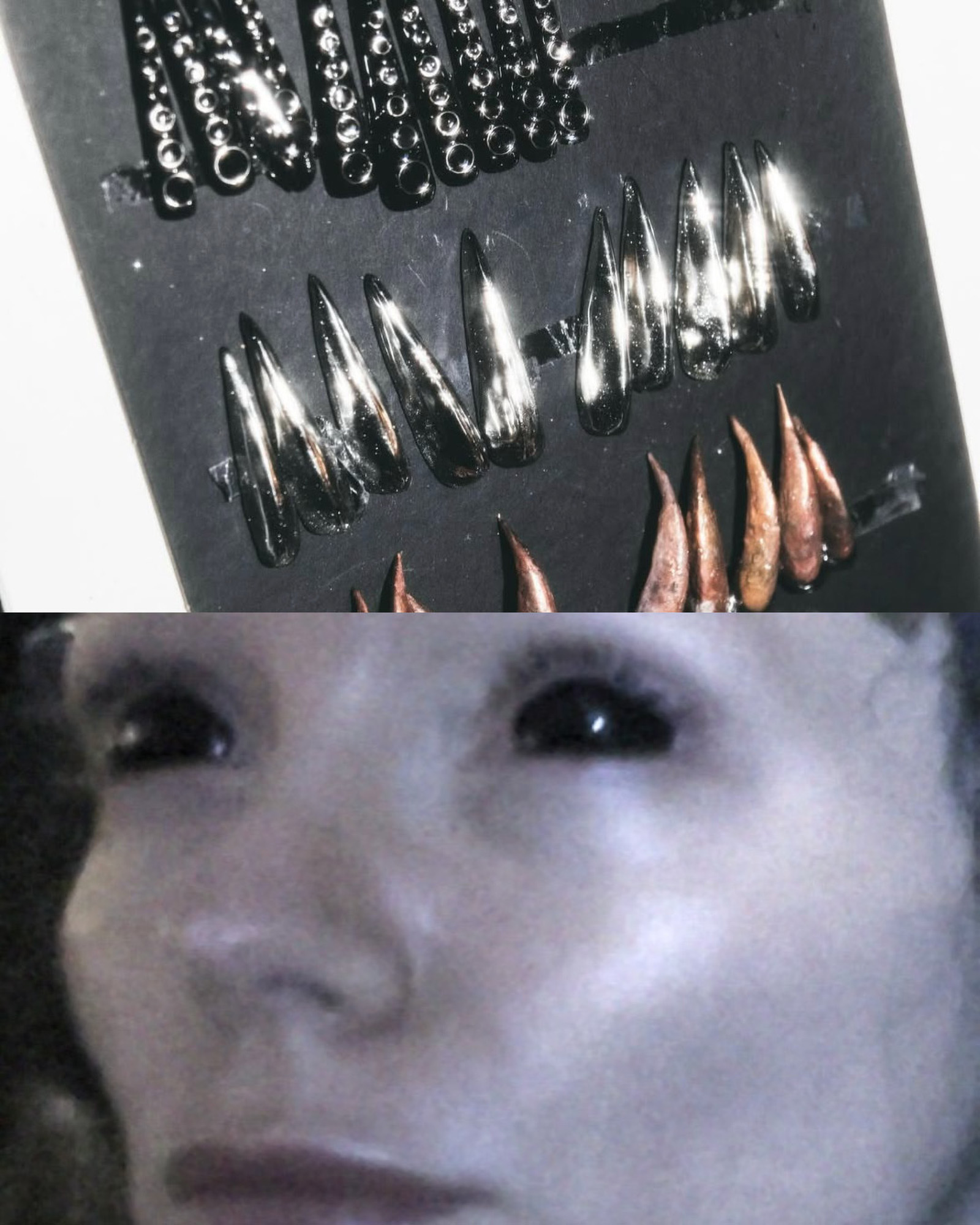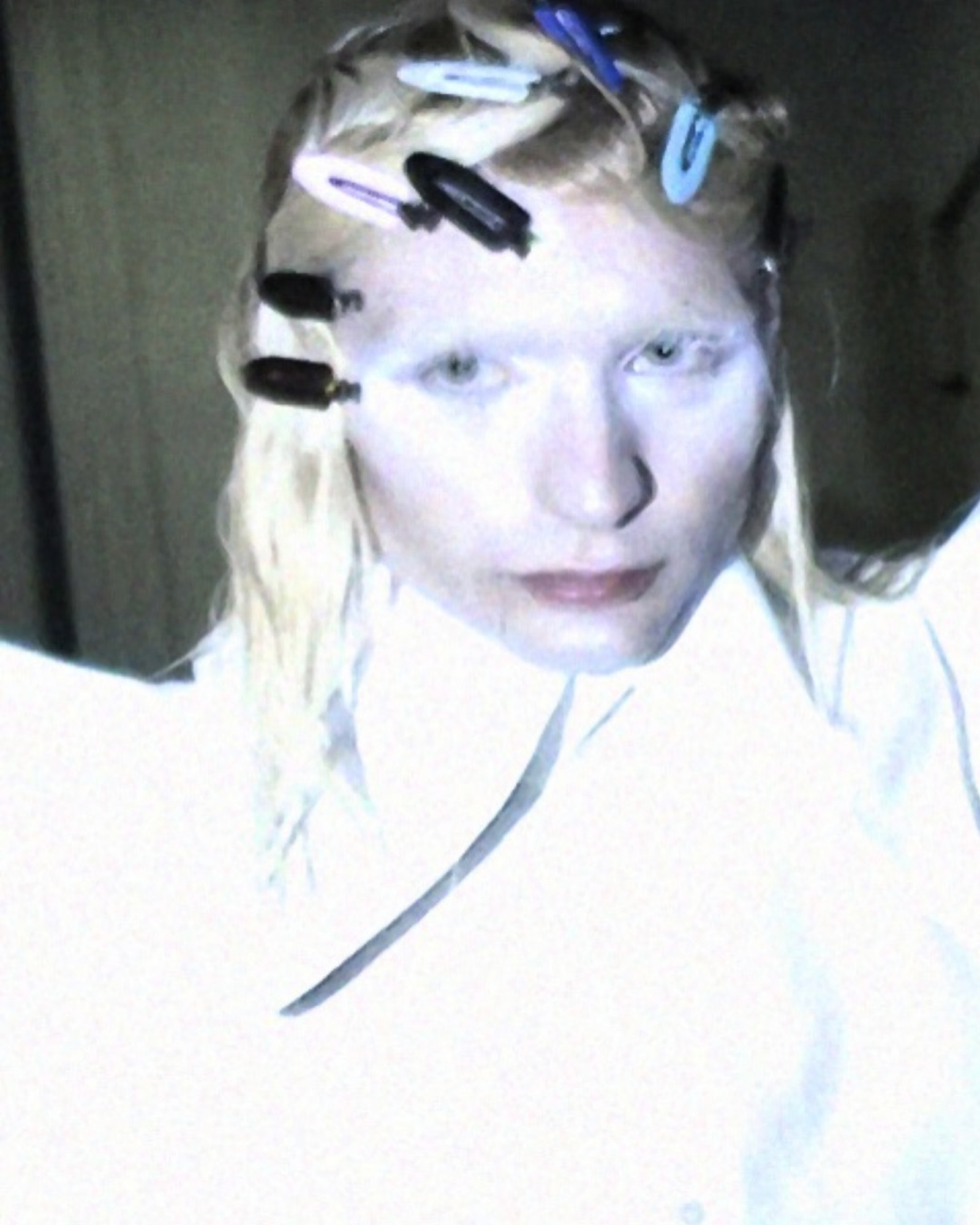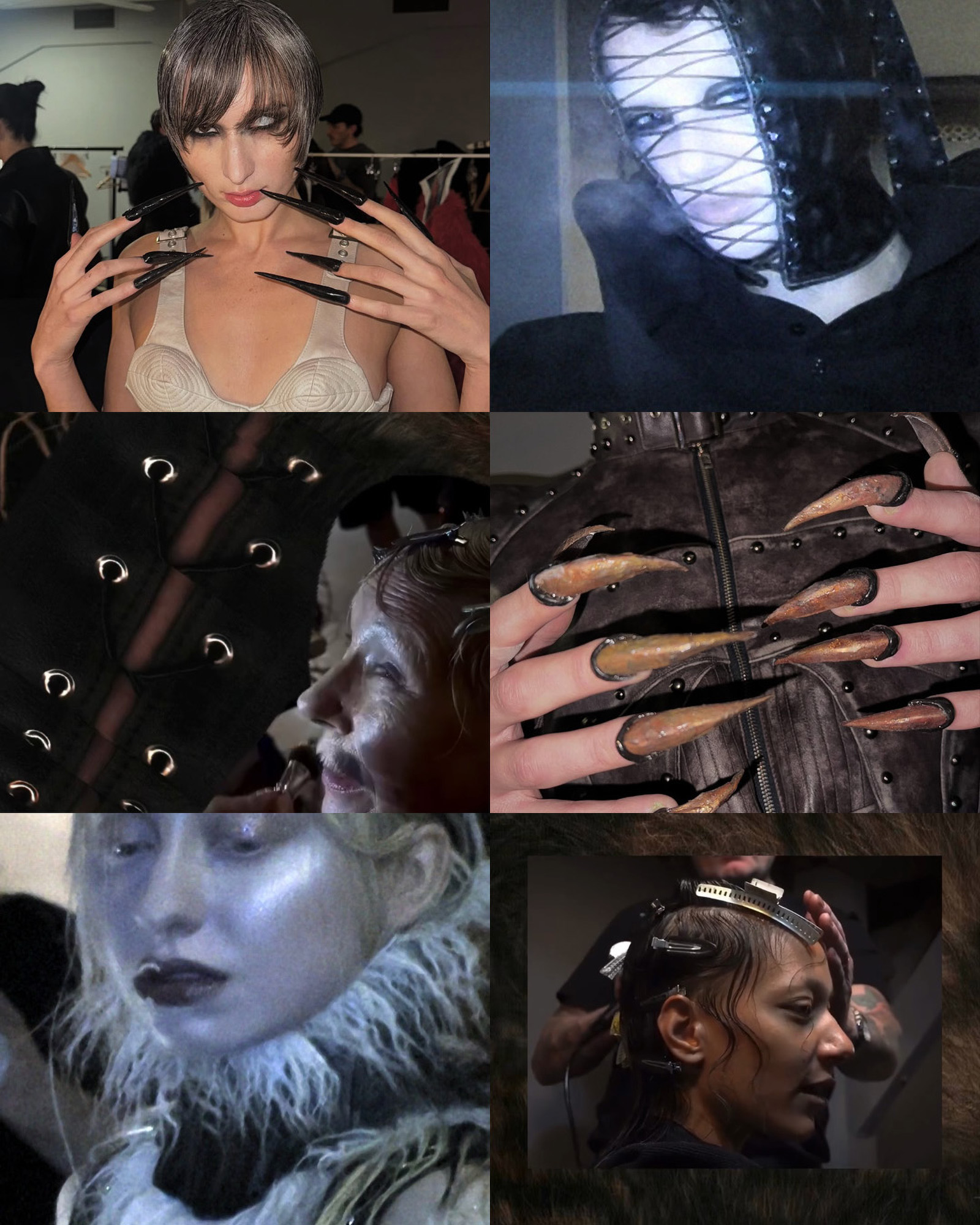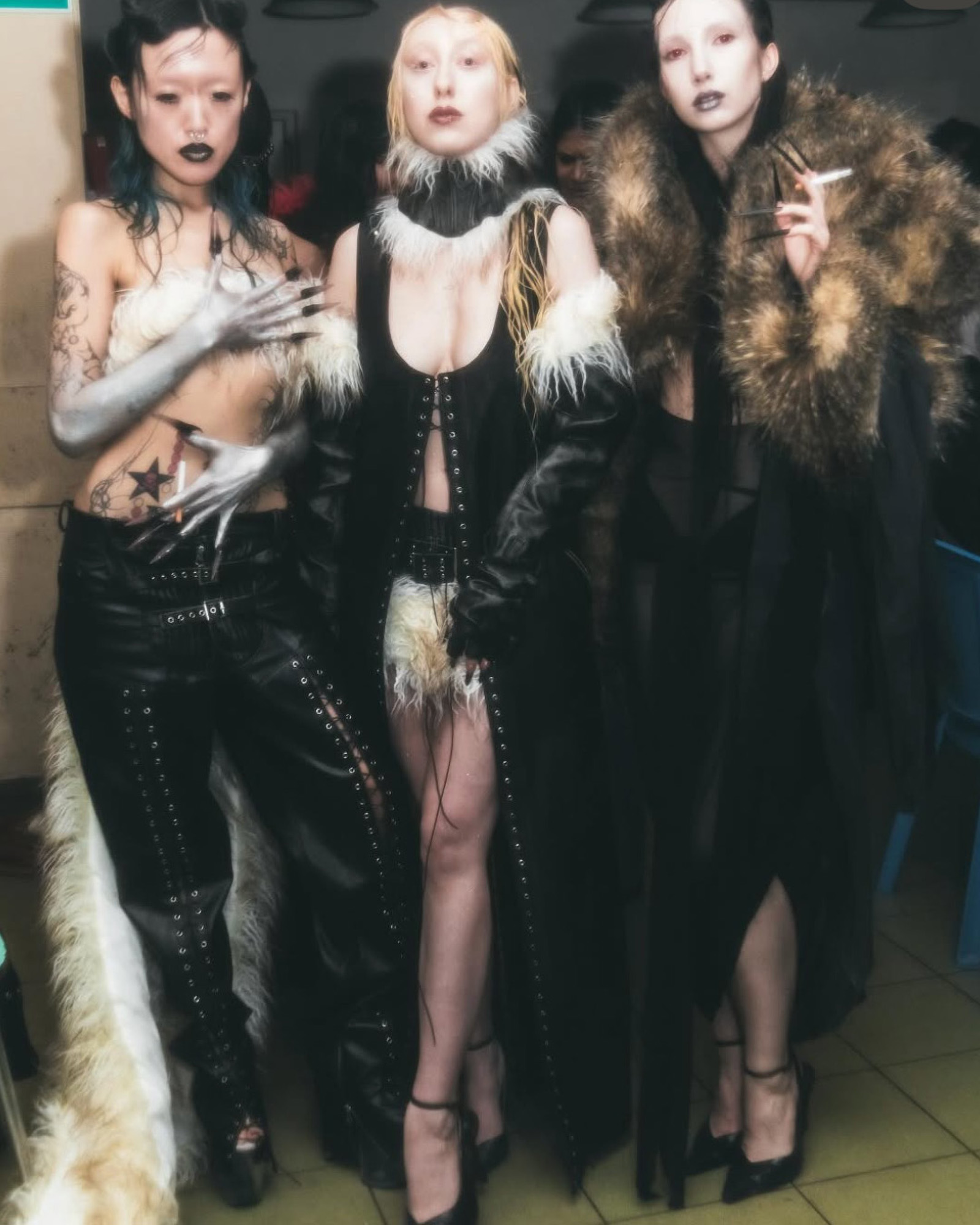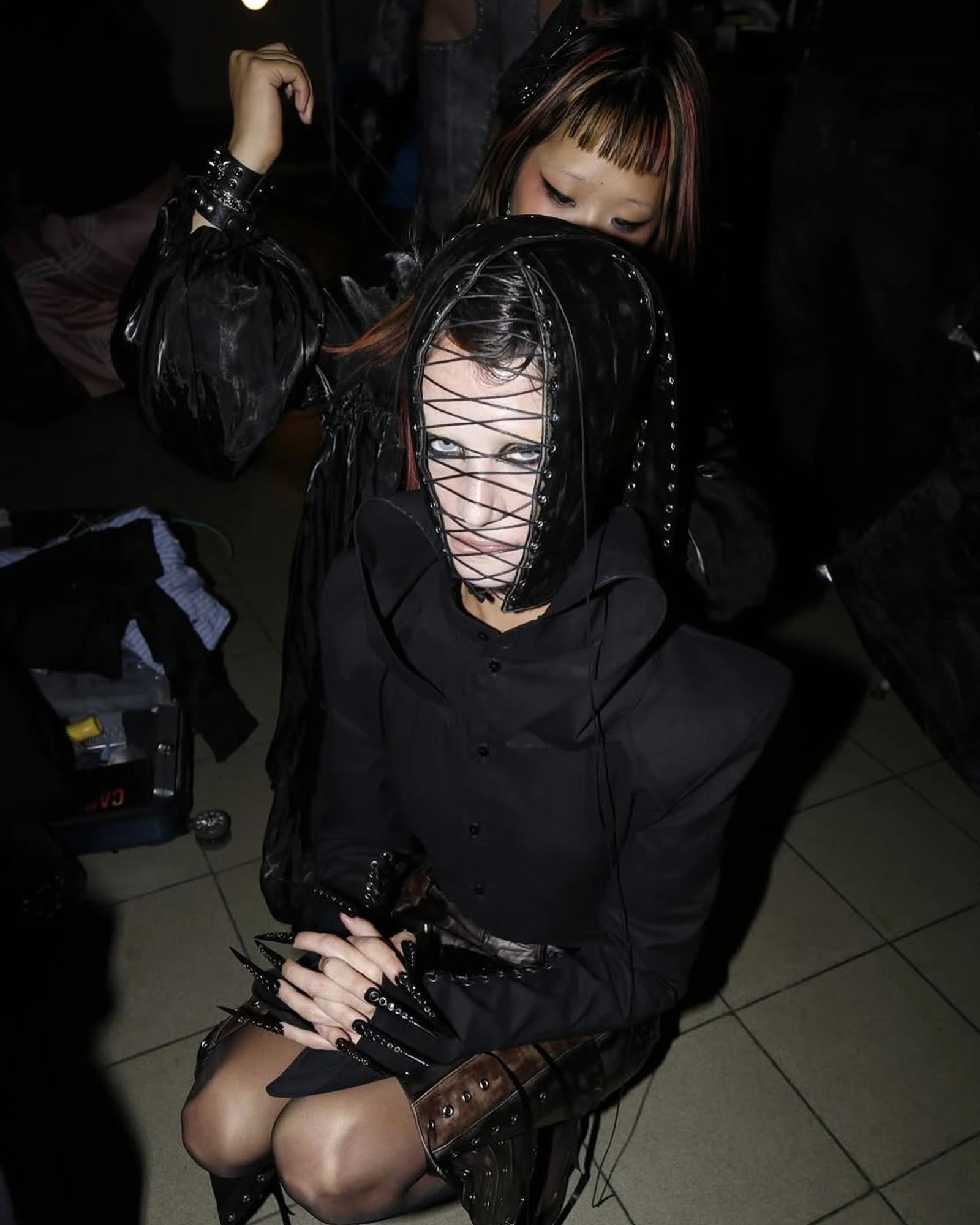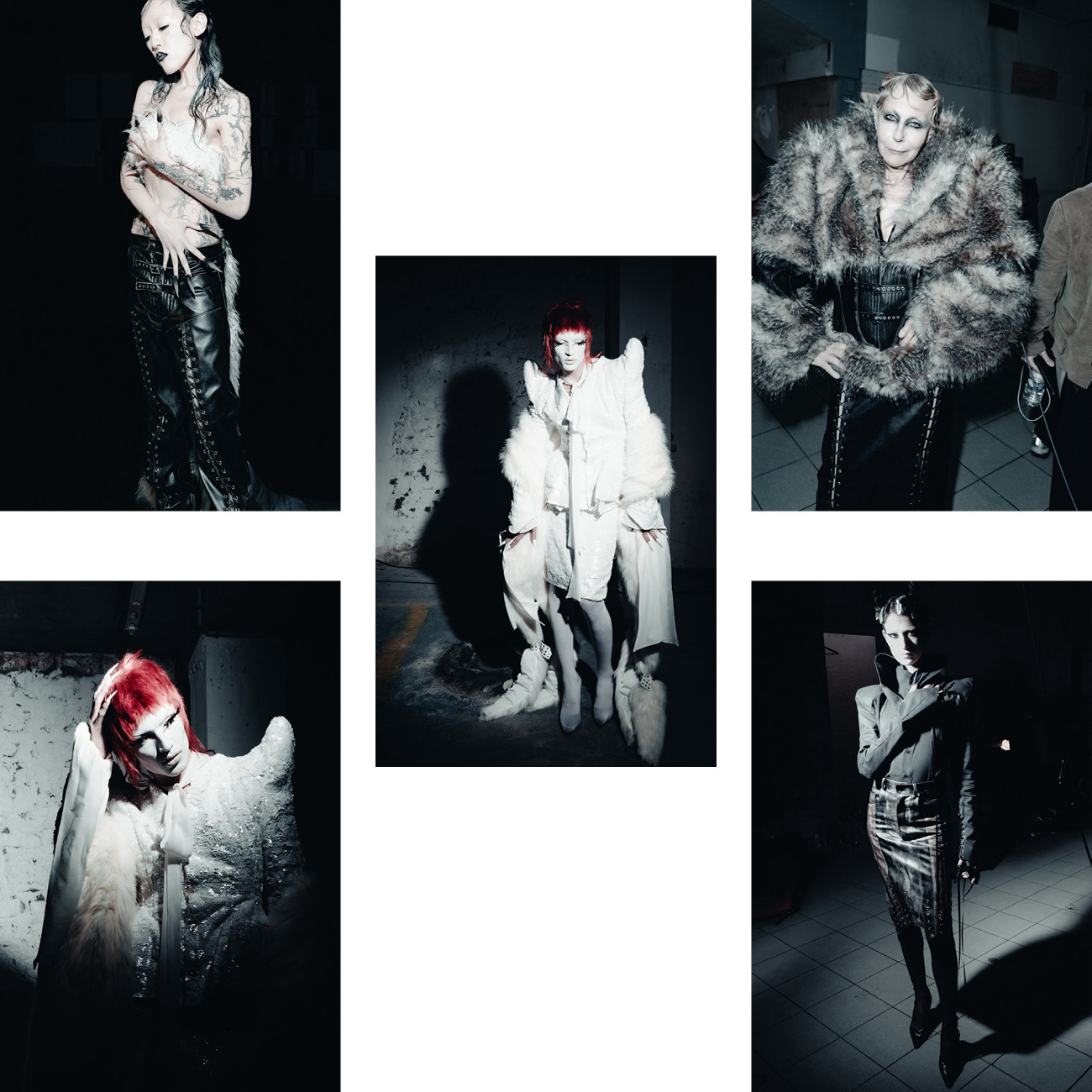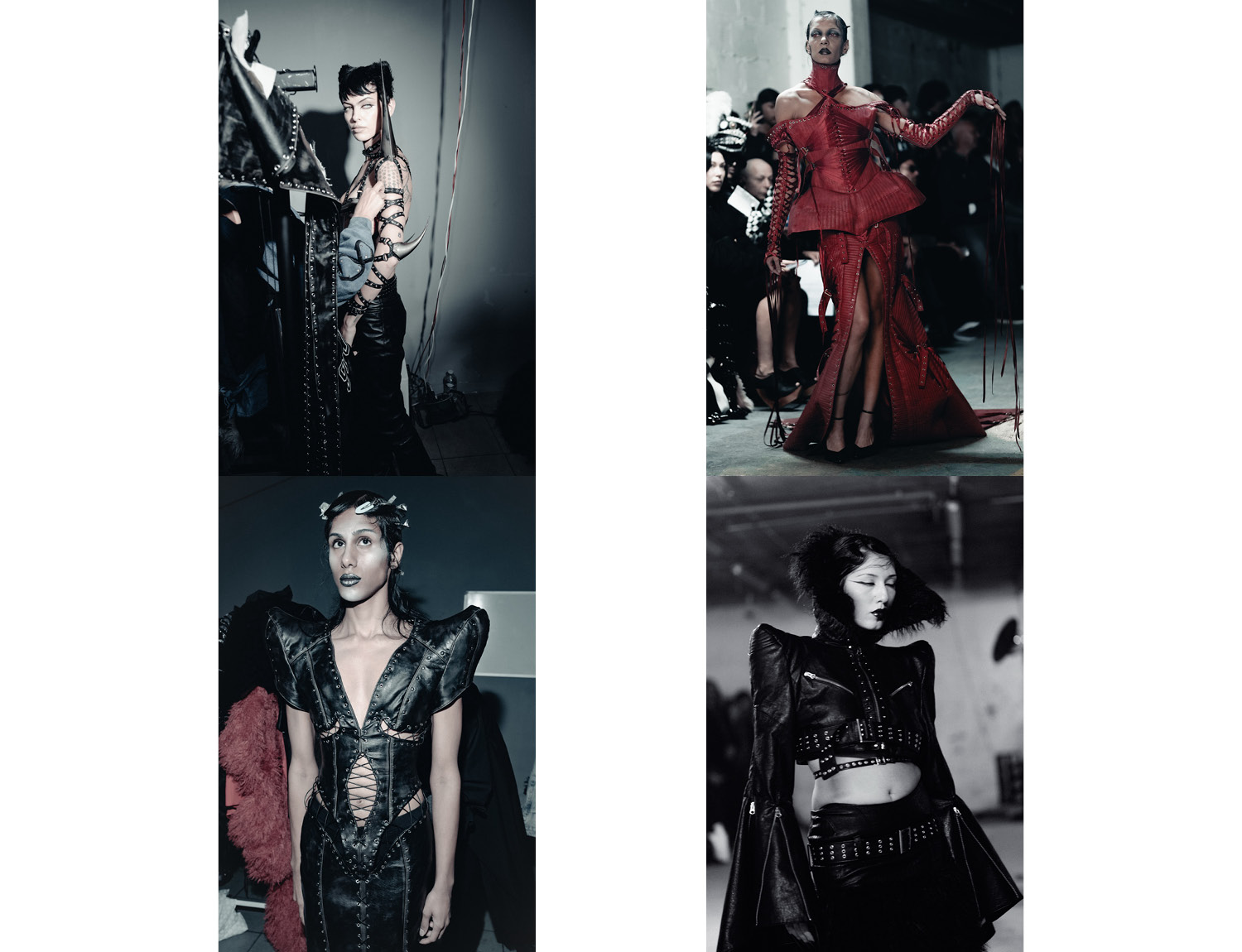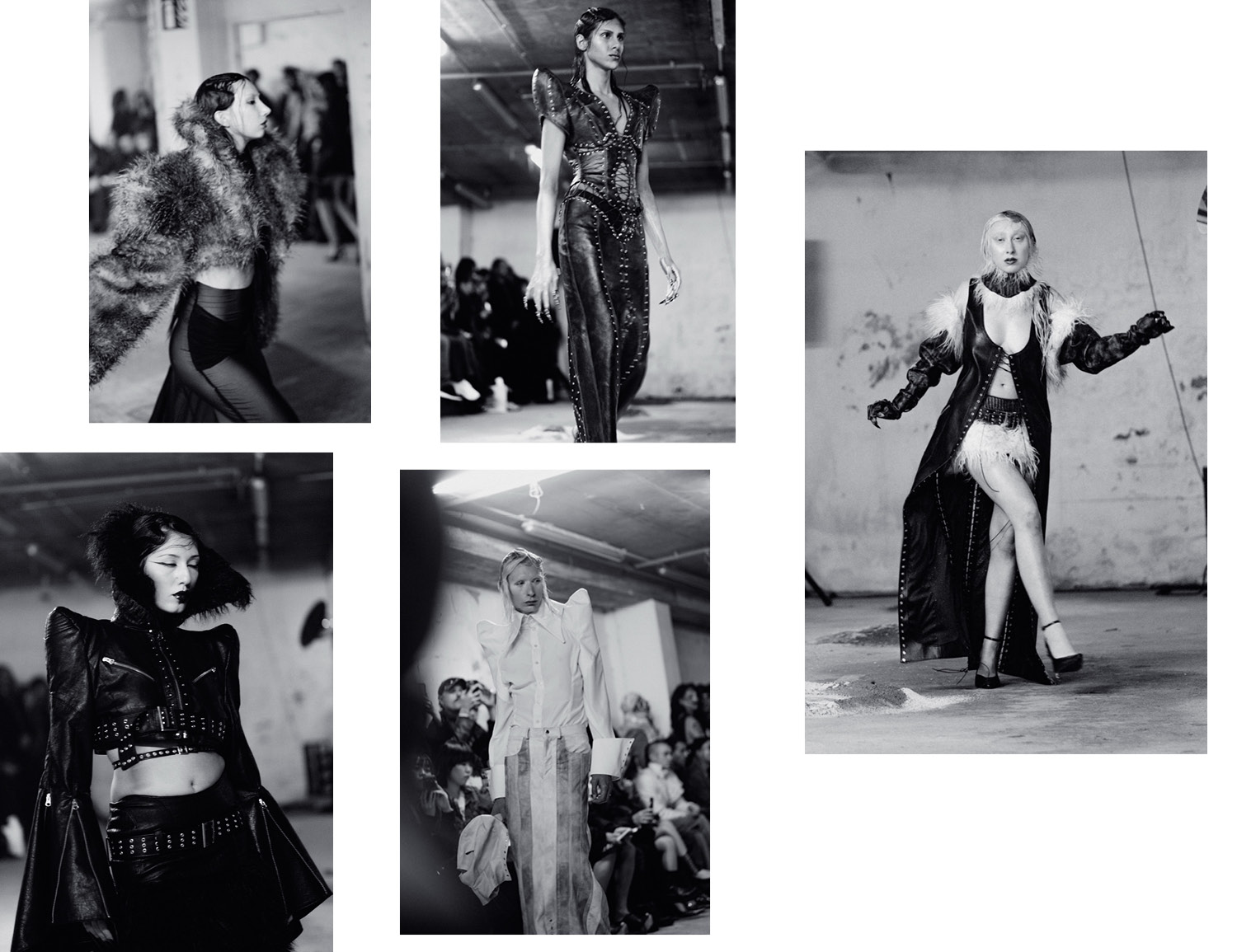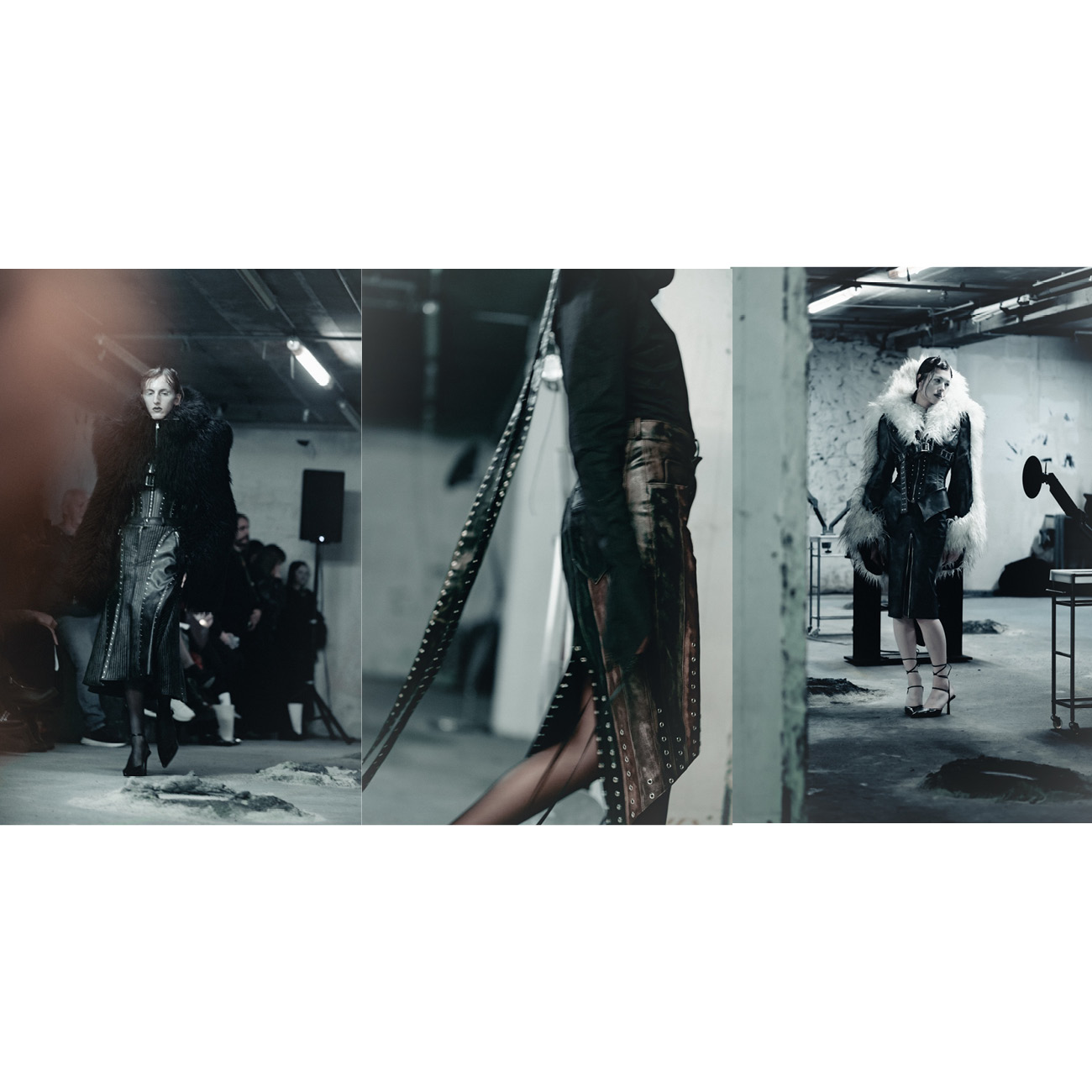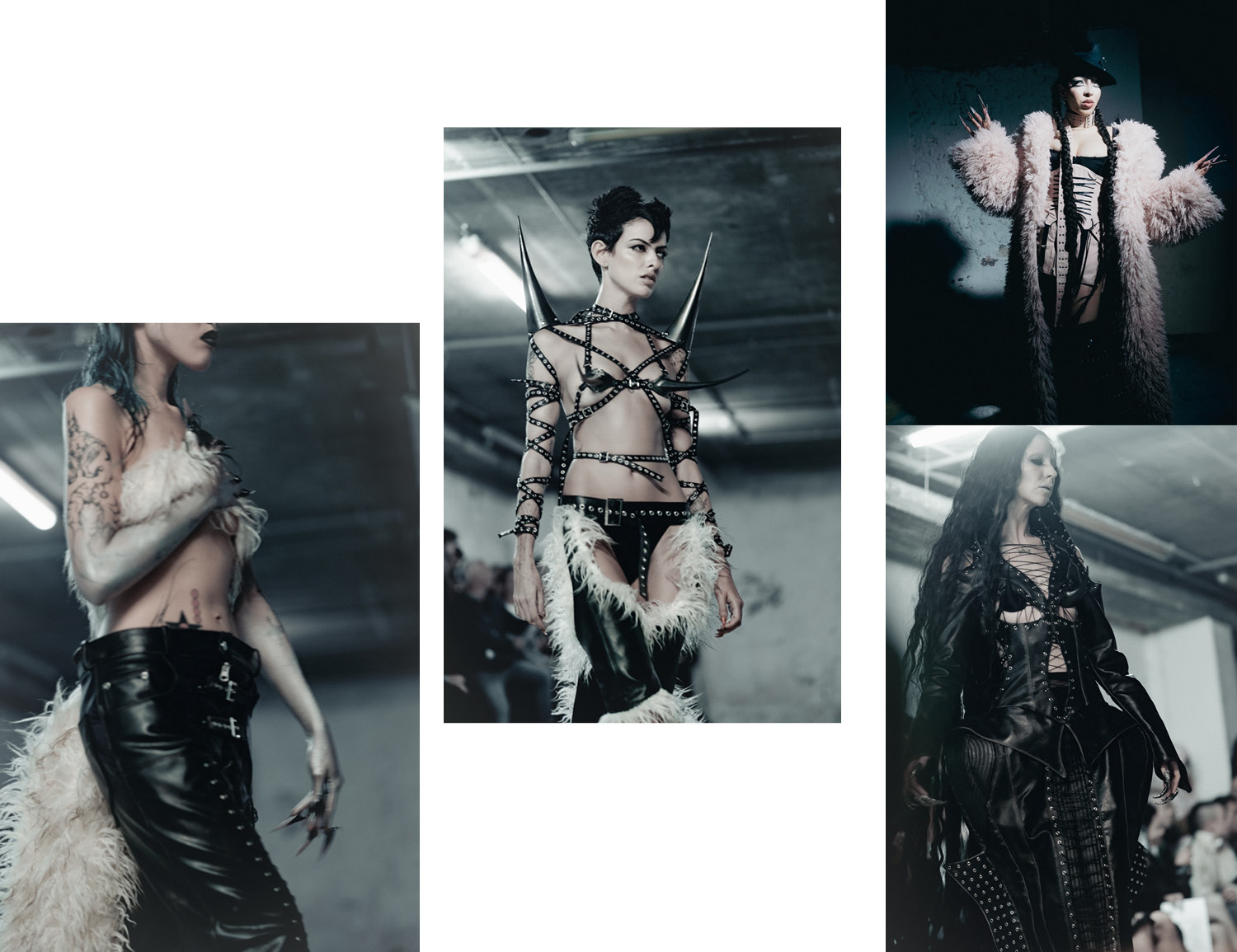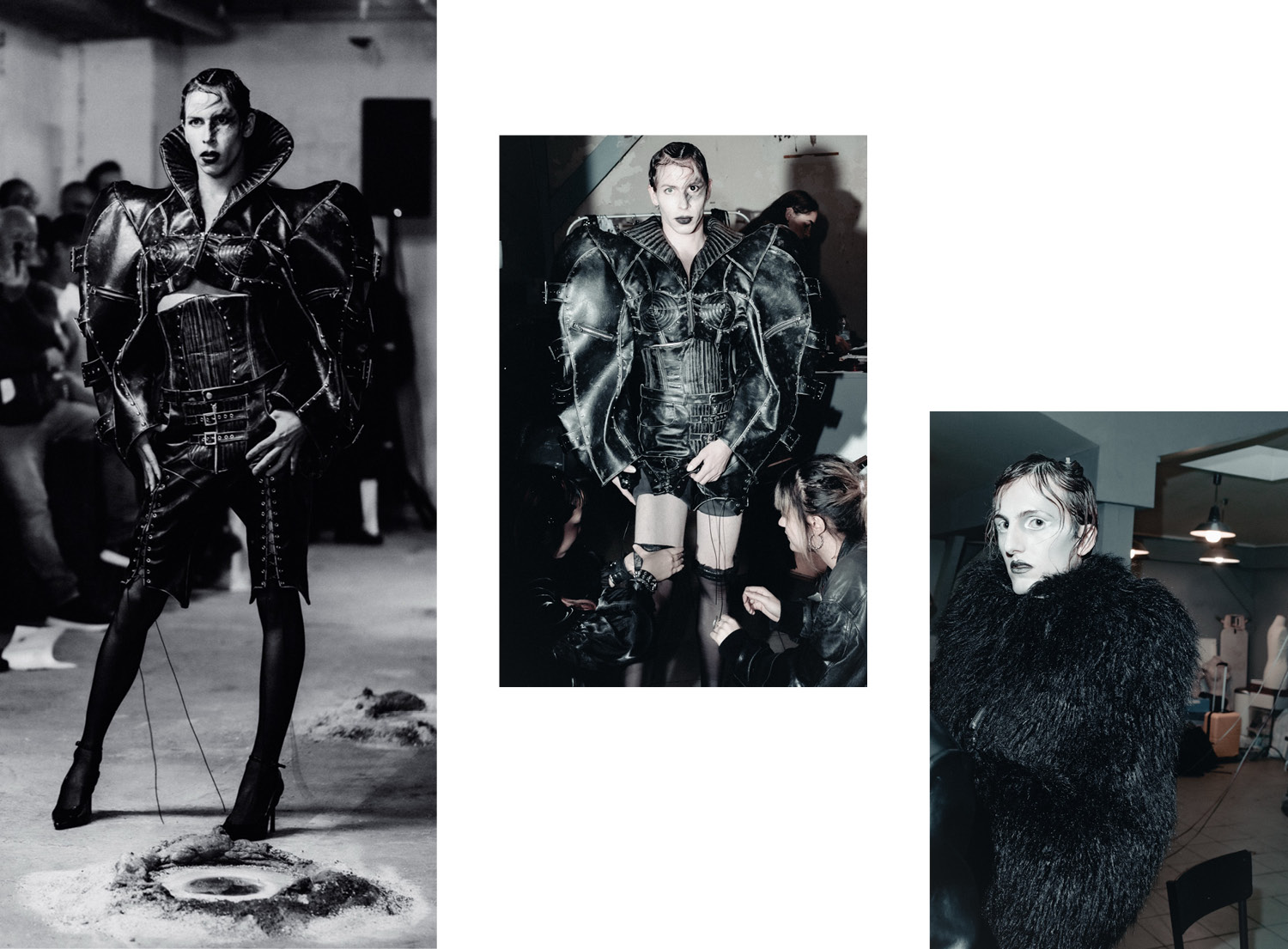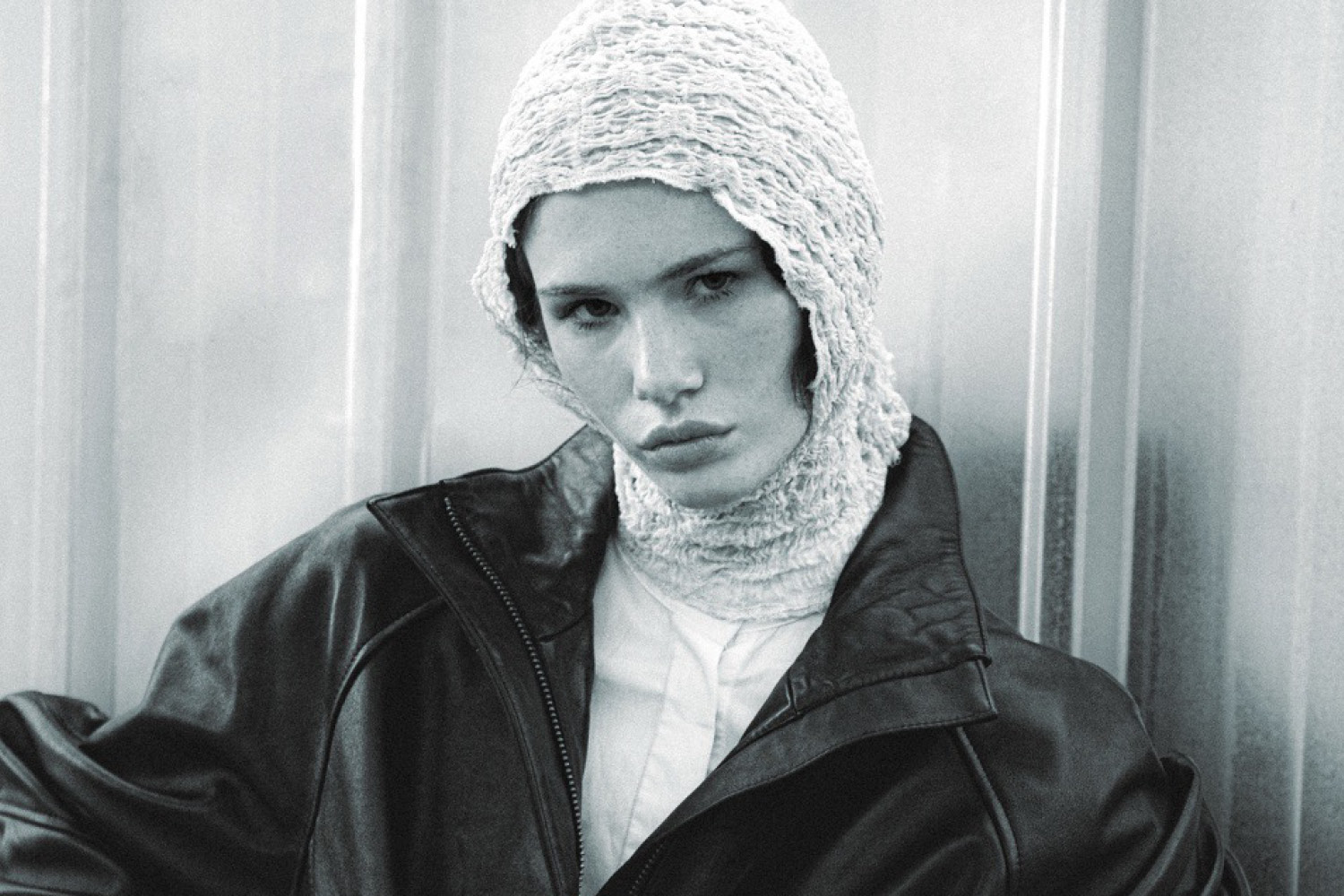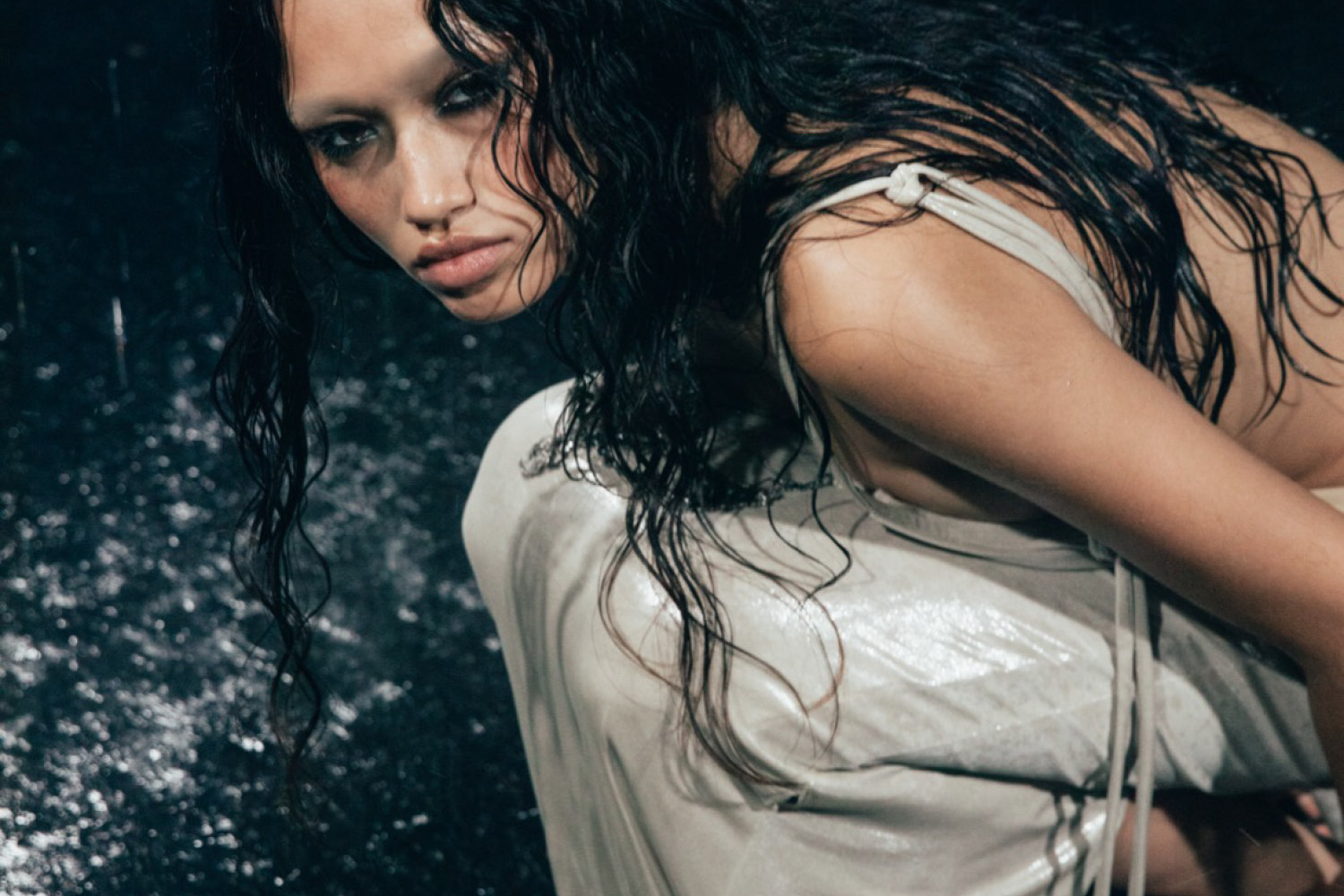The car had ended up off the road for no real reason, or at least she could not remember one. Someone else, not her, had been at the wheel, though even that she could no longer recall. Her nails sank into the mixture of sweat, earth, and concrete beneath her. She tried to rise, to recirculate energy through her body, and as she pushed her limbs in what felt like an extreme effort, her right cheek grazed against fine crystals, sharply broken shards from the car’s shattered windshield. A sigh of pain escaped her lips as a trickle of blood ran across her face, settling on her eyelids, flooding her lashes, and staining red that nocturnal vision illuminated only by the blaze consuming the car’s interior.
The wind blew, and her hair, saturated with fumes and the stench of gasoline, mingled with her sweat and the blood on her skin. It was so cold she could already feel it forming a crust on her face. A new scent joined the others, evoking what felt like the tail end of an image, a memory not yet fully formed. Summoning what little strength remained after the narrowly avoided tragedy, with her skin lacerated by twisted metal, she clenched her teeth and tried to stand, her knees unstable. They trembled, aching and weak, while her eyes remained fixed downward toward what was left of a pair of stockings, torn either by the impact or, more likely, by the figure who had left nothing behind but his smell, now absorbed by her hair. She advanced step by step, her clothes in tatters like her memory.
The driver’s door, flung open by the impact, concentrated that nauseating odour. It was as if pain had sharpened her senses so much that nothing else in the air could be perceived. She sat down, sinking into the leather seat, wishing to be swallowed and transported to another dimension where thoughts were more linear and truths undeniable, where she had no agency over herself, where it was decided what she must do and she had only to exist. She raised her arms, a piercing pain in her left arm making her emit a guttural sound full of anguish. She shook off the sensation, intensifying the cry, gripped the steering wheel, and summoned the last energies in her body to regain a moment of lucidity.
 https://www.nastymagazine.com/wp-content/uploads/2024/07/IMG_0831.jpg
1200
1600
Editor Nasty
https://www.nastymagazine.com/wp-content/uploads/2015/02/new-logo-basker-WHITE4.png
Editor Nasty2024-07-12 18:57:492024-07-12 18:57:49CAN Ibiza / Contemporary Art Now 2024
https://www.nastymagazine.com/wp-content/uploads/2024/07/IMG_0831.jpg
1200
1600
Editor Nasty
https://www.nastymagazine.com/wp-content/uploads/2015/02/new-logo-basker-WHITE4.png
Editor Nasty2024-07-12 18:57:492024-07-12 18:57:49CAN Ibiza / Contemporary Art Now 2024
